A rising tsunami of teal independents is transforming our democracy representing special interests to a participatory democracy of community representatives
As noted in my many posts to Climate Sentinel News, it is becoming increasingly evident that humanity on our only planet faces near term extinction if we don’t manage to stop and reverse the global warming process we have started through our profligate burning of fossil fuels. Their emissions are preventing the Earth from radiating away excess solar energy. This imbalance between incoming and outgoing heat energy causes the world to grow warmer. Unfortunately the problem is global and can only be solved on a global scale through the cooperation of governments – which makes it unavoidably political.
The difficulty of solution is only compounded by the fact that the unimaginably rich global fossil fuel industry has been fighting for decades to disrupt and stop effective actions against global warming/climate change to protect their sources of income from the burning of fossil fuels causing the emissions. Even the supposedly most ‘democratic’ governments have been corrupted so they represent the patrons and special interests (mostly fossil fuel industry related) who support and fund major political parties. This influence is so strong that I have been deeply pessimistic that our governments would ever be able to work effectively to combat climate change and stop our progress along the runaway warming road to extinction.
However, the results of Australia’s May 21 Federal Election provide evidence that Australia has begun to transform its government into one truly representing the substantial majority of voters who want action on climate change to be prioritized above any other issue. Finally there is scope for some genuine optimism that our government(s) will actually work seriously to resolve the climate issues.
I explain my reasons for optimism in the presentation I’m launching here, “The Teal Tsunami started in Indi“, as a place holder for Part 2 of my intended 4 part series, “Emergence and proliferation of pro-climate community voices“; and what I hope is an approachable summary of the whole ‘Teal Tsunami’ project the explores the transformation..
As suggested by this post’s featured image above, the presentation explores why the “Voice for Indi” community action group emerged in the Victorian federal electorate of Indi, and how it proceeded in the 2013 election to amaze everyone by replacing the hard line Liberal Party incumbent, Sophie Mirabella, with a climate friendly ‘community independent’, Cathy McGowan.
McGowan’s 2013 win was even more amazing considering that Mirabella had held the ‘safe’ Liberal seat since 2001 (4 terms).
In the presentation I observe that Cathy’s win in Indi represents the epicenter that triggered the spreading and growing ripples of political change I am calling the Teal Tsunami that are in the process of fundamentally transforming the nature of Australian democracy.
In addition to summarizing the facts of what happened in Indi, I also try to present an approachable summary of the four part Teal Tsunami project:
- Part 1 – The rising tide of the teal tsunami
Documents the rise of community independent seats in this century.
- Part 2 – It started in Indi (published here)
Details the roles of different kinds of knowledge in the emergence of the Voice for Indi community action group and its role in the election of their selected and endorsed candidate, Cathy McGowan
- Part 3 – The transforming crescendo of Teal Voices spreads
Follows the spread and evolution of the knowledge base assembled by Voice for Indi through subsequent elections
- Part 4 – Theoretical foundations for the analysis
Analyzes the Teal Tsunami against the theory of complex adaptive organizational systems developed by William Hall and Susu Nousala to test the theory and make some predictions about the future evolution of the tsunami
About the Presentation
How to get the most out of it
The presentation is published as an hypertext in PDF format. It was drafted using MS PowerPoint and converted to Adobe’s PDF format that preserved all of the internal and external linking capabilities used in the original draft. Scrolling up or down to read the document.
For readers unfamiliar with the hypertext concept, some instructions about how to use the links in the documenet may be useful:
- The document has a basically linear structure of numbered pages containing text and/or graphics.
- Links in the text are underlined.
- Sometimes graphical objects also serve as links (these will generally be identified in the text)
- Moving the arrow cursor to either kind of these links will turn the cursor into a pointing finger and display the name of the link.
- Clicking the link will take you to another document – generally on the open web – that relates to the text whose link you clicked. How you return to the main document depends on the destination of the link.
- For a page on the web, close that page
- For a PDF document on the web, close the document, then close by blank web page that opened the document
- The numbered objects in the image on page 23 (Knowledge flows in the founding and early success of Voice 4 Indi) in the hypertext are linked to other pages that provide more detail on the object. To return to page 23, hold the [ALT] key on your keyboard and click [<]
Some background
I’m a population and evolutionary biologist by training, and worked for the last 17½ years of my professional career as an engineering knowledge management systems analyst and designer for Tenix Defence that was for part of the time Australia’s larges defence engineering contractor, as I solved its real-world problems in knowledge management, together with a trio of remarkable PhD students and other collaborators, I began studying how it worked as a complex living system and assembling this knowledge into a theoretical understanding of knowledge-based organizational systems (publications of this work are accessible via my personal web site Evolutionary Biology of Species and Organizations – see List of Publications and Essays and Sketches.
On ‘retiring’ in 2007 I began working full-time on a study of the coevolution of humans and our technologies I summarized in a series of presentations in 2015 under the title “Human Origins, Cognitive Technologies, and Futures“. The book itself was never finished because its chilling conclusion was that no-one would be left to read the book because the damages to Earth’s climate caused by our new technologies would soon doom us to near-term mass extinction.
From around 2015 it was clear that effective political action would be needed if we were to have any hope of solving the climate emergency, and I explored several approaches. In the 1980’s when my Australian wife and I returned to Australia, she worked several years for the Liberal Party’s Victorian Secretariat including being a member of one of the Party’s policy committees and we took part in a variety of Party activities as the Fraser and Hamer governments gave way to their ‘drier’ right-wing extremists. Both of us worked for Tenix from 1990 and were far too busy for politics.
However, in 2015 when the Liberal Party was clearly the problem I joined the Greens and my wife joined the Labor Party as active members hoping to change things. Where our local branches were concerned we were both welcomed to participate in both branches, where it became clear for their various reasons that neither was going to be able to act effectively against climate change. Together with several progressive friends we then tried to establish a local Extinction Rebellion group to push for climate action until it became clear that the organization lacked the know-how for making the required political changes. Several of us (along with others) then formed Vote Climate One to see if we could facilitate electing the right people to change the existing parties from within towards effective climate action.
In following and reading the ‘news’ for our Climate Sentinel News it has become apparent that Voice for Indi has assembled and is actively propagating the necessary know-how to revolutionize our political system so that members of our local communities concerned to fight climate change are able to transform our Parliament from a ‘democracy’ of the special interests to one in which community members can actually participate in the democracy so it represents their needs and wants rather than the special interests, many of whom are not even people or citizens of the country.
Voices for Indi is already broadcasting its know-how via the Community Independents Project, but this needs to be advertised even more widely to all of Australia and the world, as I am hoping to do via this publication.
Any help my readers can offer to further circulate the work will be greatly appreciated. I am also open to any comments or suggestions readers may wish to make via this post, or other avenues.
The featured image is of Slide 23 from my presentation “The Teal Tsunami started in Indi”, introduced by this post. The diagram is a map of the flows of knowledge surrounding the emergence of Voice for Indi. This small community action group comprising 12 people determined what the citizens of the electoral district of Indi wanted from its MP in Federal Parliament. When the Voice determined that their sitting member wasn’t concerned to achieve these results, they selected, campaigned for, and elected their own candidate — replacing the 4 term incumbent candidate from the dominant Liberal Party in one of the ‘safest’ Liberal seats in the country. The map is used to explain how this was done.
Views expressed in this post are those of its author(s), not necessarily all Vote Climate One members.
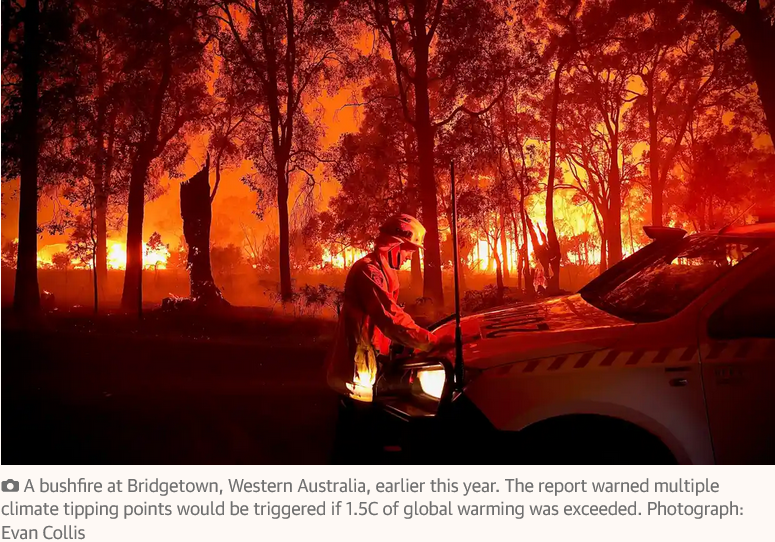

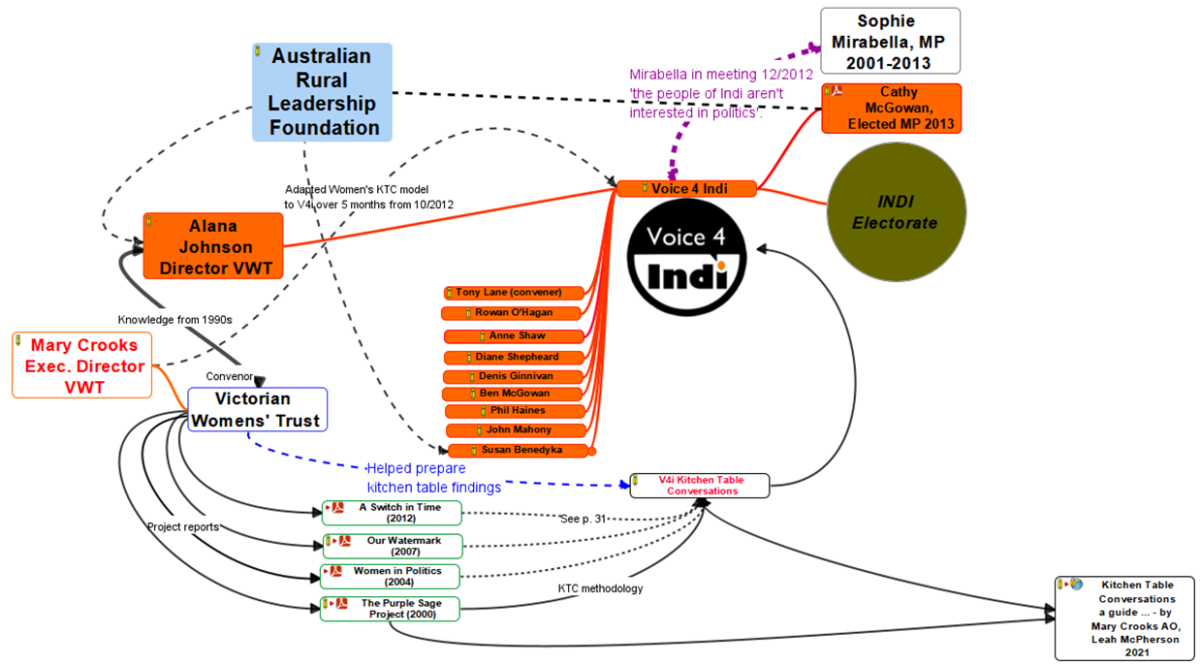
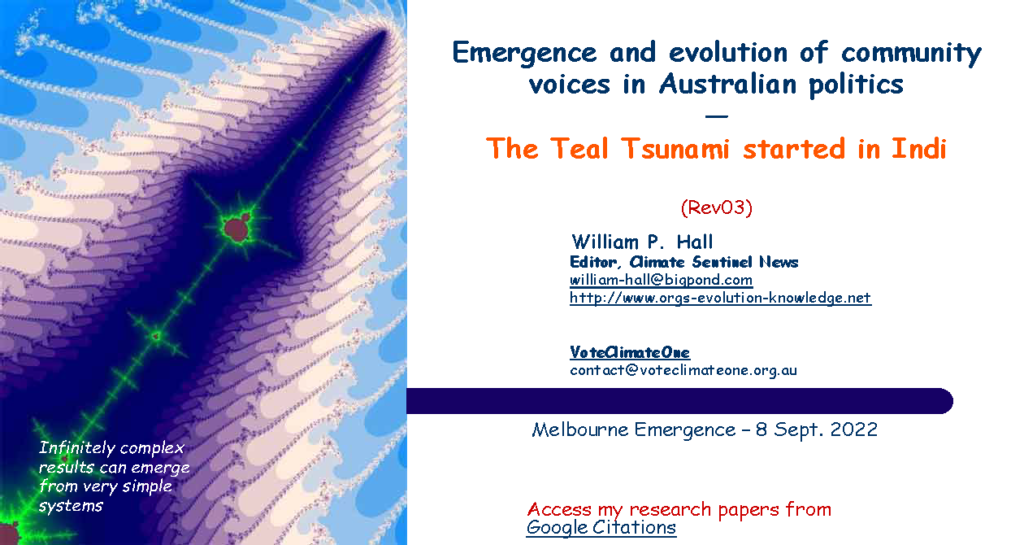
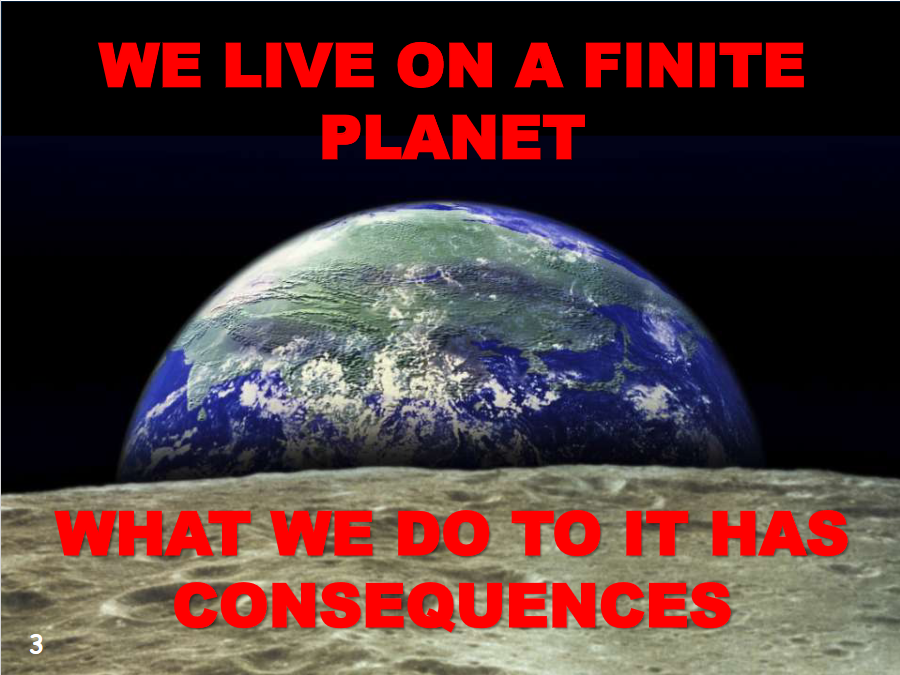
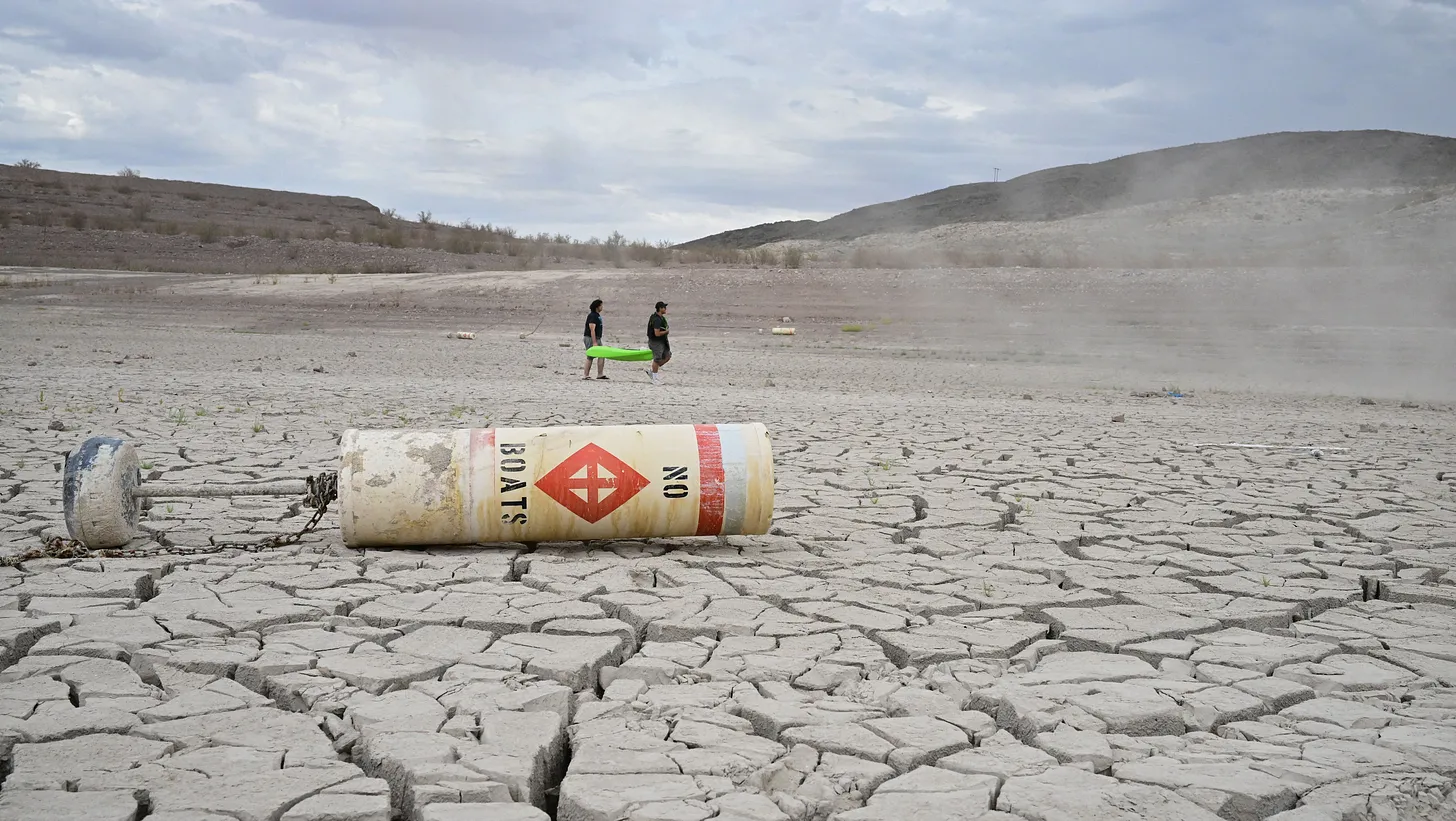
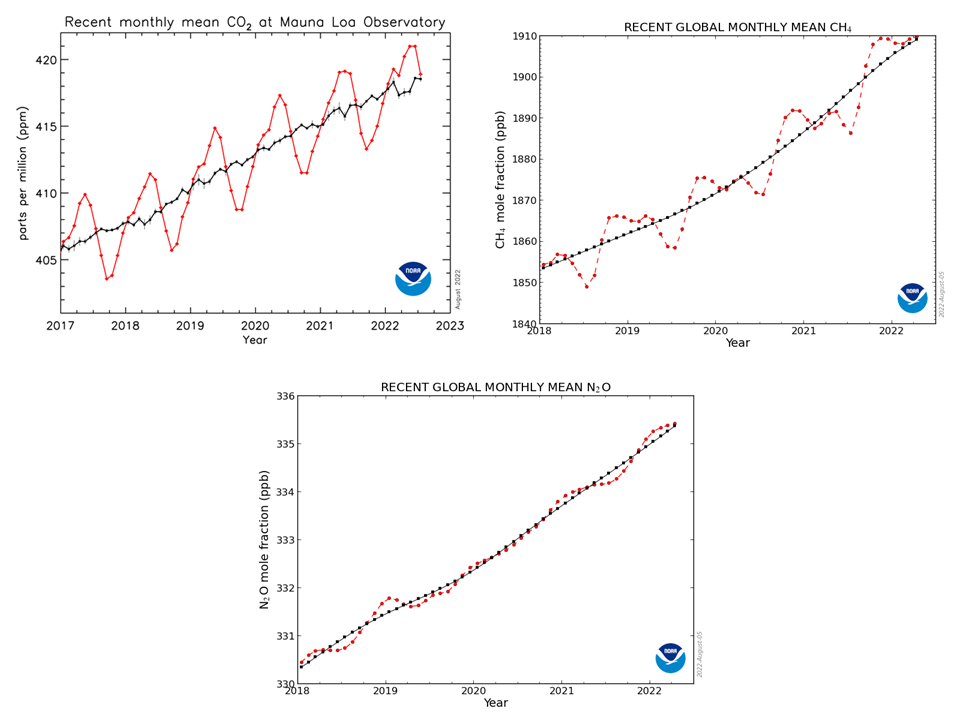
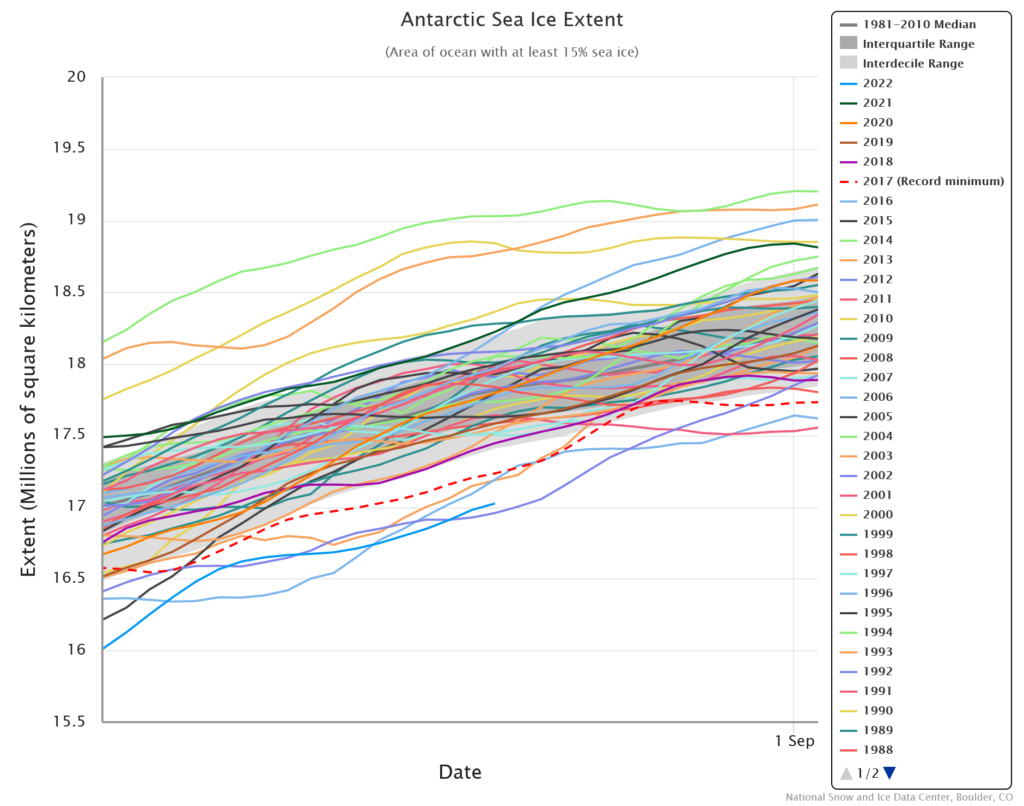
:extract_focal()/https%3A%2F%2Fi0.wp.com%2Fyaleclimateconnections.org%2Fwp-content%2Fuploads%2F2022%2F08%2F0822_heat_tree_1600.jpg%3Ffit%3D1600%252C900%26ssl%3D1)
:extract_focal()/https%3A%2F%2Ftruthout.org%2Fwp-content%2Fuploads%2F2022%2F08%2F2022_0809-trees-1-1200x675.jpg)
:extract_focal()/https%3A%2F%2Fguyonclimate.com%2Fwp-content%2Fuploads%2F2022%2F08%2Fimage-7.png)
:extract_focal()/https%3A%2F%2Fi.guim.co.uk%2Fimg%2Fmedia%2F61242f28355ef4ebd2c99c6b20412353aed65513%2F0_136_3000_1800%2Fmaster%2F3000.jpg%3Fwidth%3D1200%26height%3D630%26quality%3D85%26auto%3Dformat%26fit%3Dcrop%26overlay-align%3Dbottom%252Cleft%26overlay-width%3D100p%26overlay-base64%3DL2ltZy9zdGF0aWMvb3ZlcmxheXMvdGctZGVmYXVsdC5wbmc%26enable%3Dupscale%26s%3D15eada755d1ee6a16a5281ed623a1970)
:extract_focal()/https%3A%2F%2Fi.guim.co.uk%2Fimg%2Fmedia%2Ff239aad7954b26db5ee435a6bcd9e88cae44e2f5%2F0_319_6347_3810%2Fmaster%2F6347.jpg%3Fwidth%3D1200%26height%3D630%26quality%3D85%26auto%3Dformat%26fit%3Dcrop%26overlay-align%3Dbottom%252Cleft%26overlay-width%3D100p%26overlay-base64%3DL2ltZy9zdGF0aWMvb3ZlcmxheXMvdGctZGVmYXVsdC5wbmc%26enable%3Dupscale%26s%3Deb52d618290324fb601ac2ecee0f58a9)
:extract_focal()/https%3A%2F%2Fstatic.themoscowtimes.com%2Fimage%2Fog%2Fc3%2F78548__c39516c82921ace20fb52914e16d9e30.jpg)

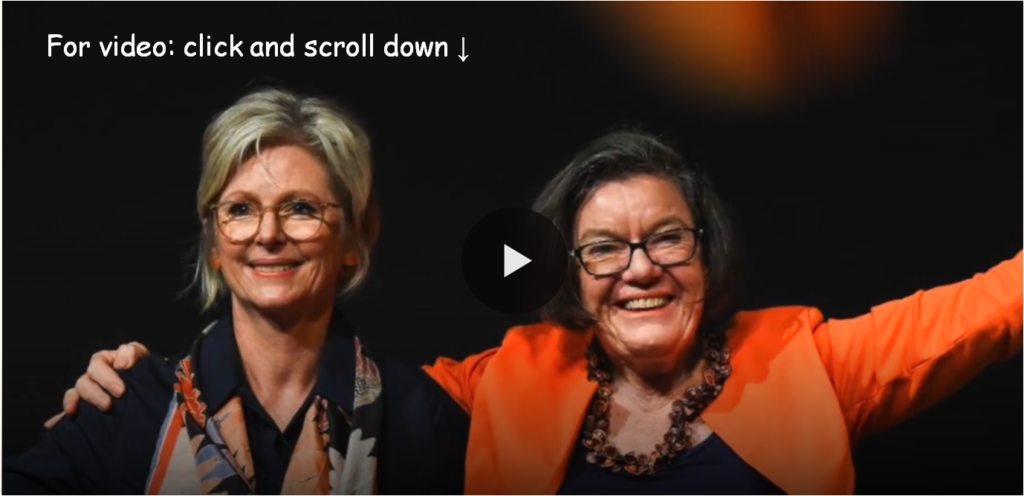
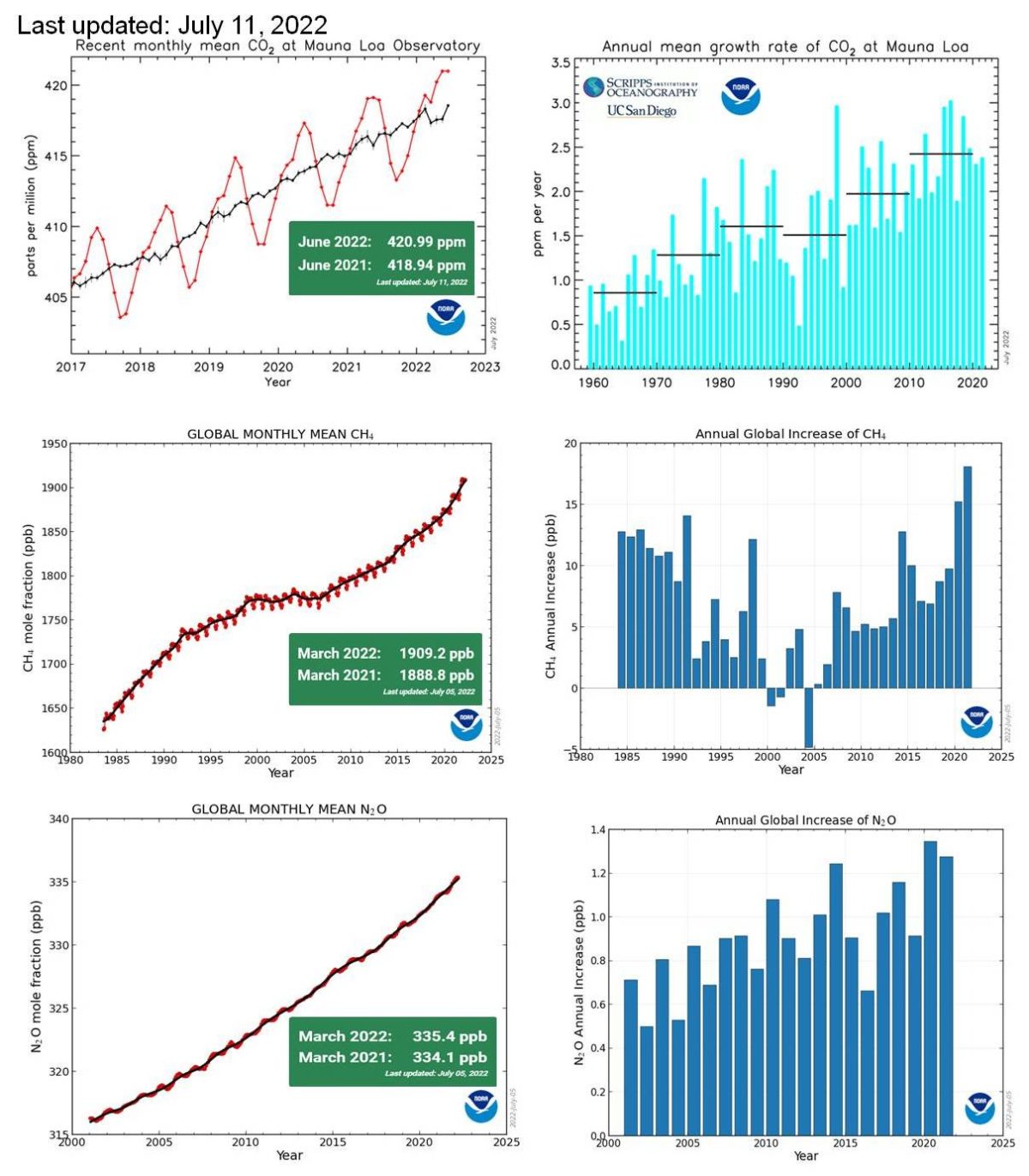
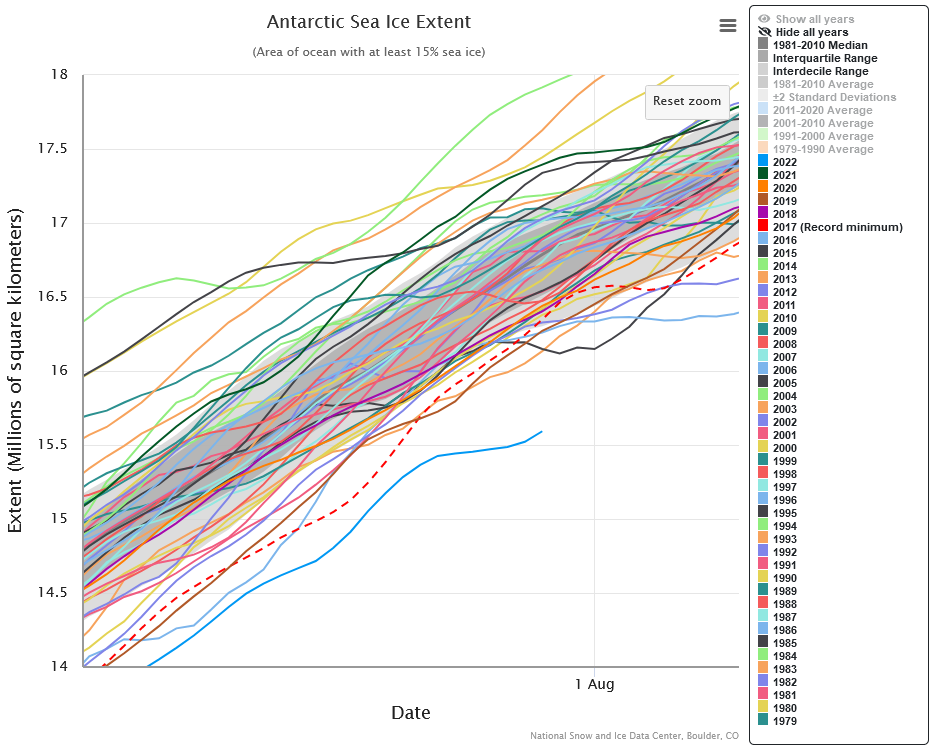

:extract_focal()/https%3A%2F%2Fi.guim.co.uk%2Fimg%2Fmedia%2F65e9cae2687f5a39dc83141bc1ab8061c2525f8e%2F0_234_5150_3090%2Fmaster%2F5150.jpg%3Fwidth%3D1300%26quality%3D85%26fit%3Dmax%26s%3Dc3ce63aa3e7c83e205aece9aed06d2be)
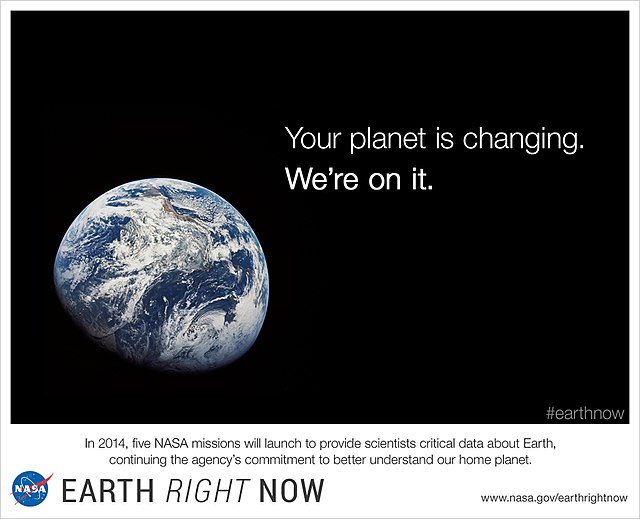
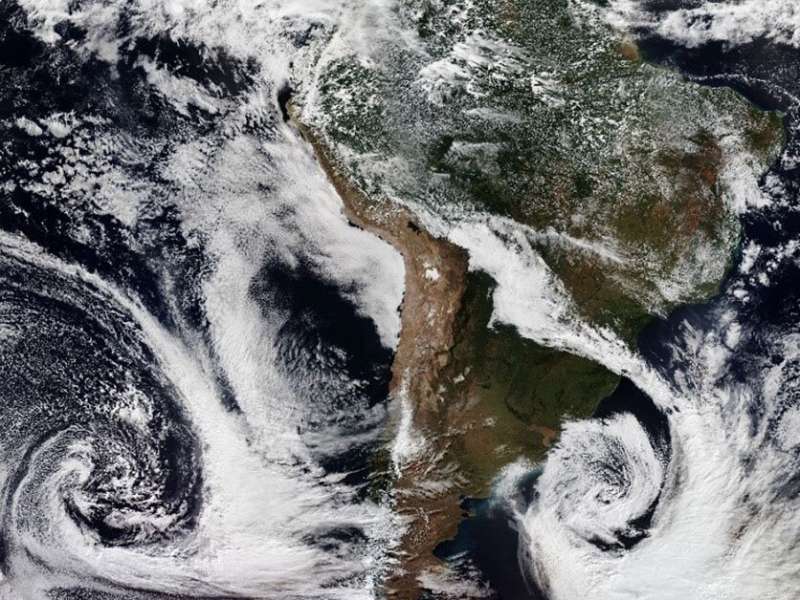
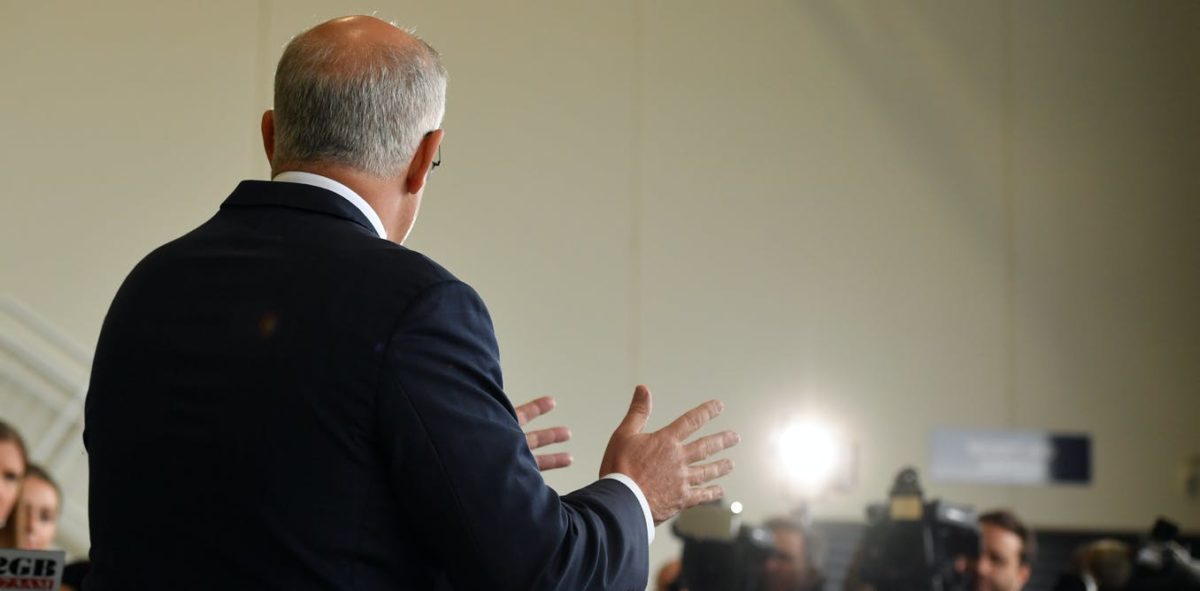
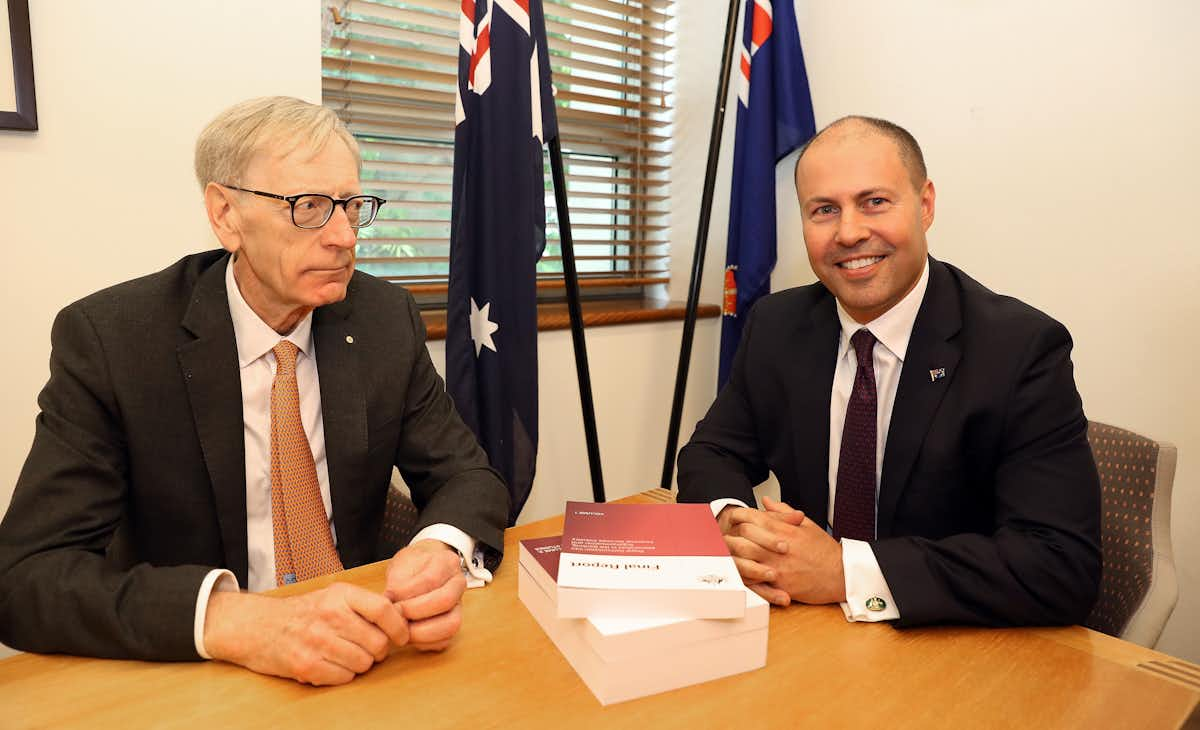

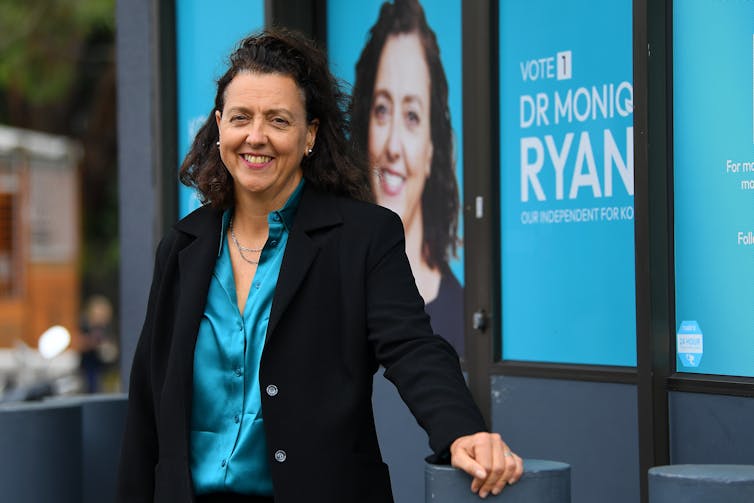
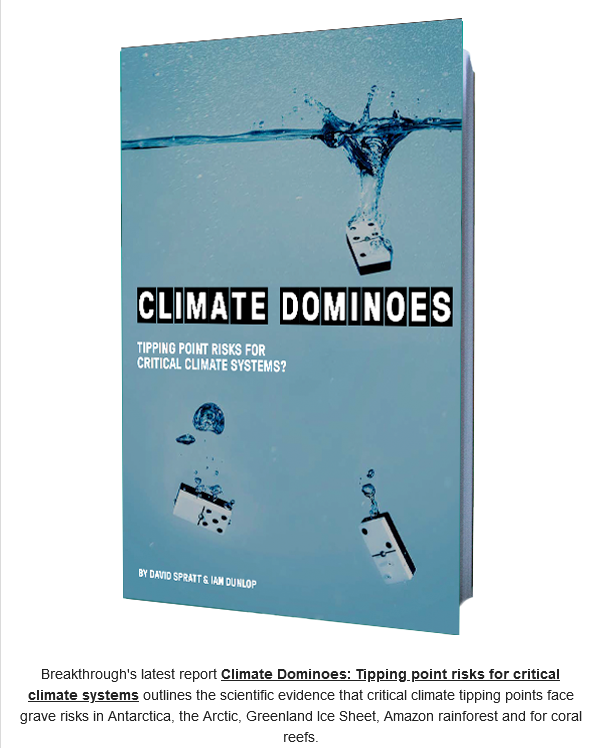
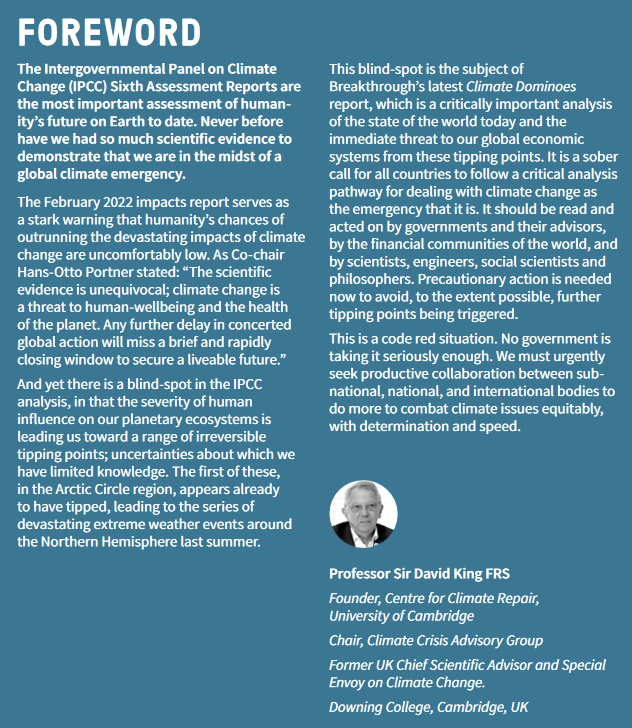
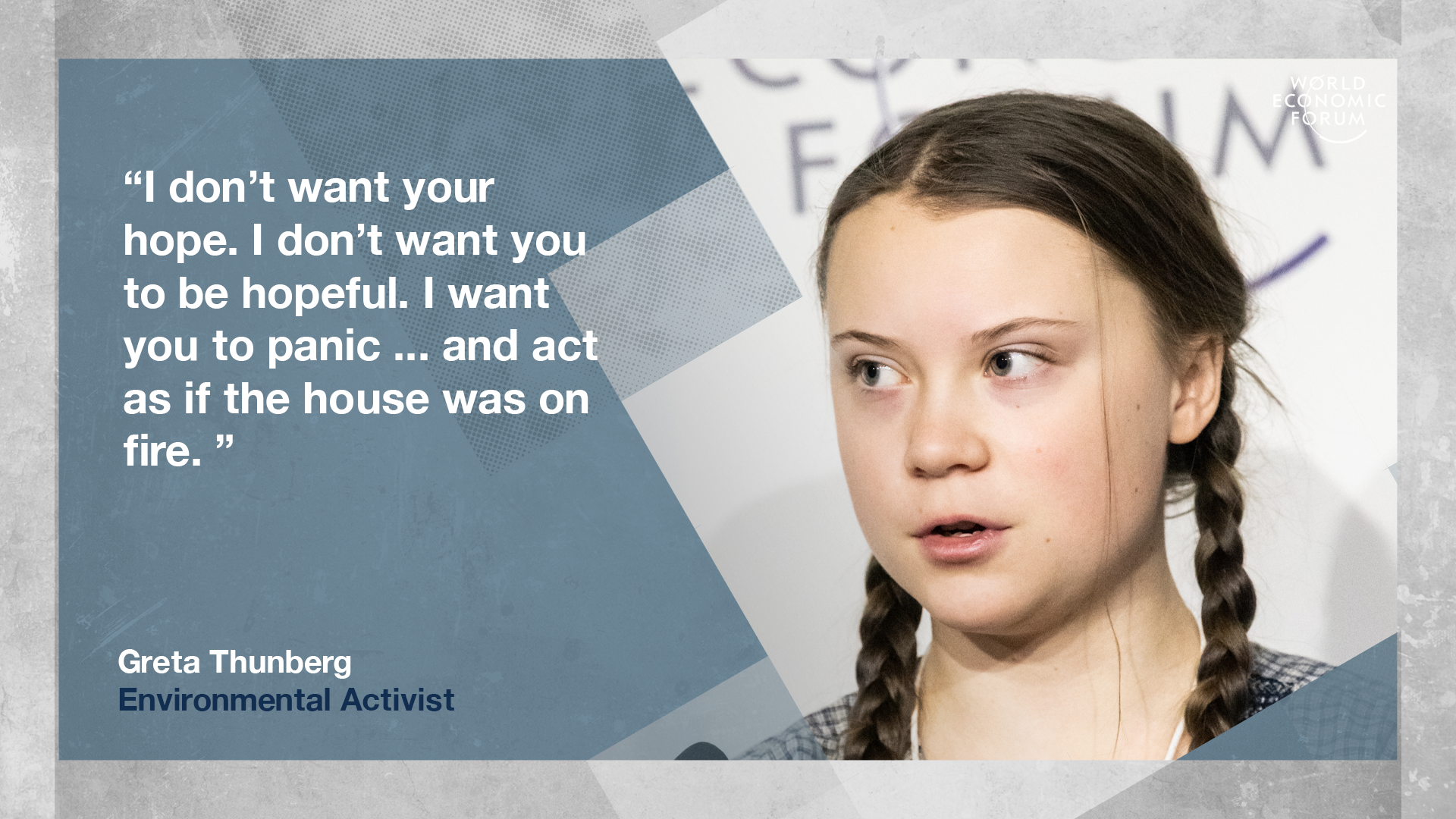

Useful article, thank you. Top article, very helpful.